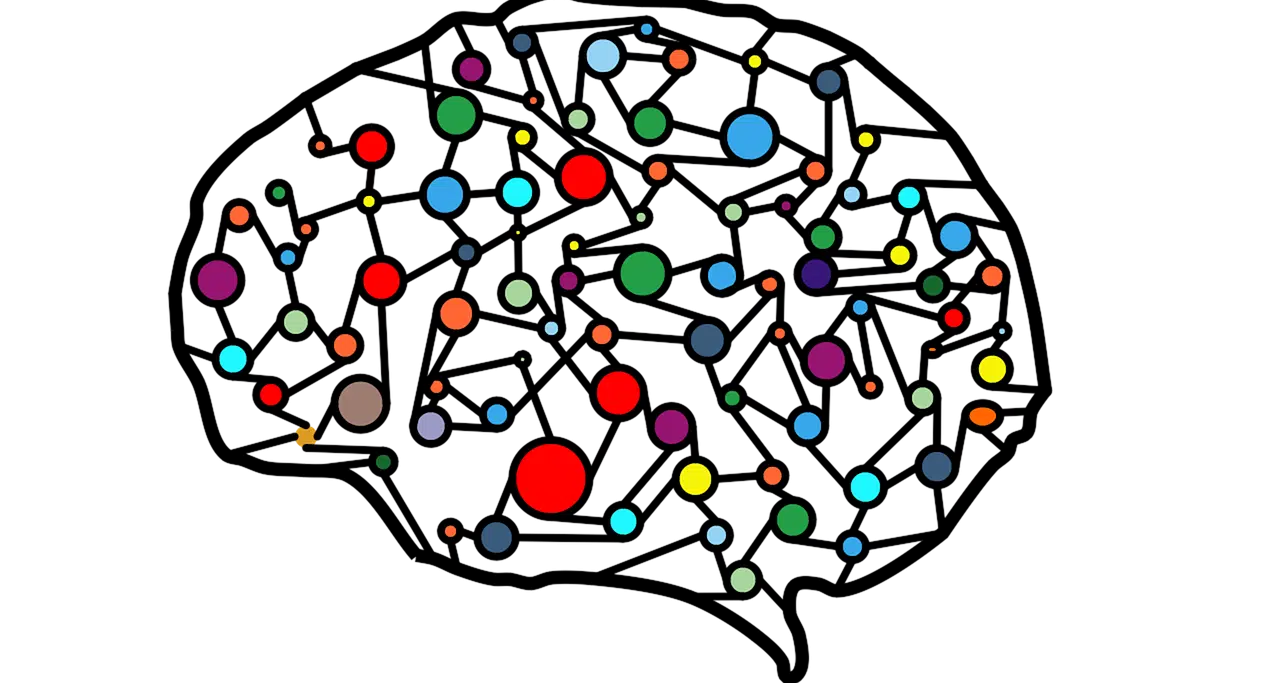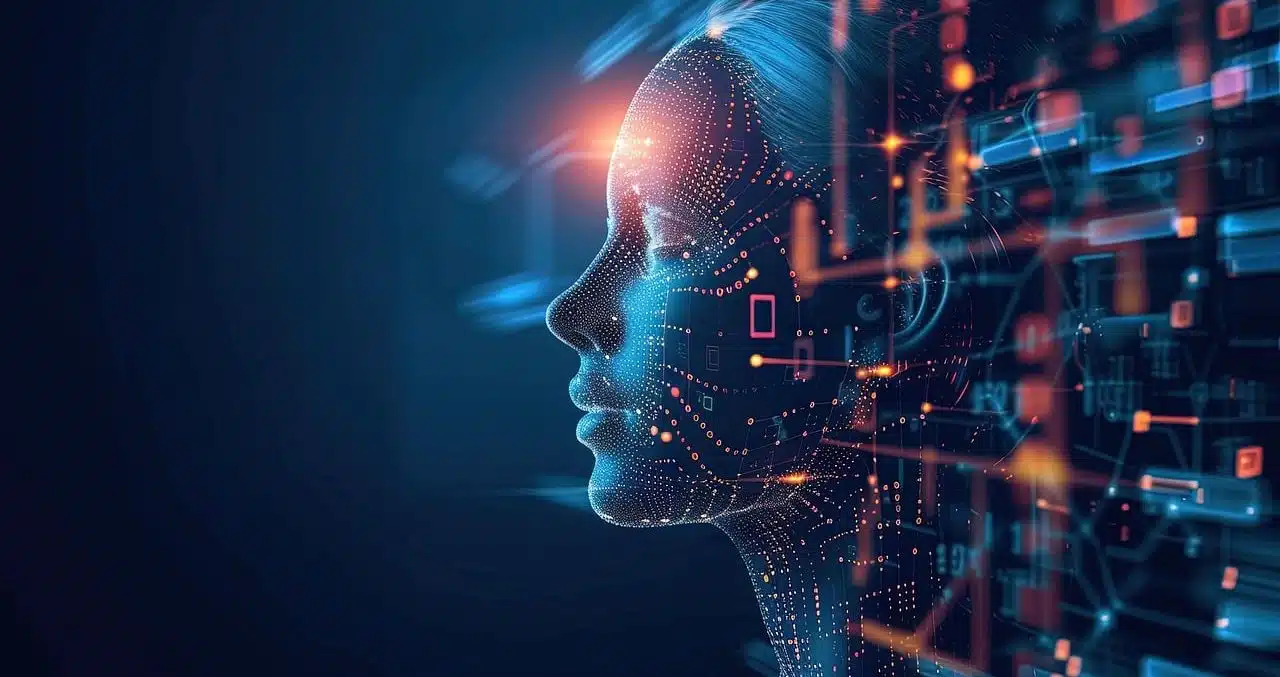
A neural network can create a predictive model.
A neural network is an artificial intelligence model that imitates the information processing carried out by the human nervous system. In this way, machines are programmed to function in a way similar to that of human brains.
The neural network scheme is part of deep learning , in turn framed in machine learning . It consists of the creation of a structure with multiple layers where the nodes are interconnected: thanks to the characteristics of this system, computers are able to learn from their own mistakes and thus develop a process of continuous improvement.
History of neural networks
The history of artificial neural networks begins in the 1940s , when Walter Pitts and Warren McCulloch published a study on how the brain is able to generate highly complex patterns by interconnecting neurons. These researchers compared brain cells with Boolean logic and created a computer model where the processing unit, based on algorithms and mathematics , seeks to reproduce the behavior of neurons.
From the work of Pitts and McCulloch , different research approaches to neural networks emerged: one trend was oriented towards biological processes and another towards the application of these ideas for the development of artificial intelligence .
The artificial neuron known as the perceptron that Frank Rosenblatt presented in the '50s , the notion of backpropagation by Paul Werbos in the '70s , and the training of algorithms by Yann LeCun in the late '80s also allowed us to expand knowledge about neural networks.

The optimization of a neural network is achieved through training.
Its operation
An artificial neural network , as we already indicated, imitates the functioning of human neural networks. In an individual's brain , neurons (specialized cells) connect to send electrical signals to each other, forming a network. Similarly, in an artificial neural network there are neurons or nodes ( software modules) that work together to solve problems.
The interrelation of these nodes gives rise to neural networks, which are algorithms or computer programs . What these systems basically do is solve calculations .
The elementary architecture of a neural network contemplates an interconnection between three different layers : input layer , hidden layer and output layer . The entry of information is carried out in the input layer, where there is processing and classification of the contents before sending it to the next layer: the hidden layer.
In reality, each neural network can have multiple hidden layers, which advance the analysis of the data . Finally the information reaches the output layer, which provides the final result.
It is important to note that the output layer can contain several nodes. When working with a binary problem, the output node is a result that can be 0 or 1 (equivalent to yes/no logic ).

Image recognition, machine translation, and the development of recommendation systems are some of the uses of artificial neural networks.
Types of neural networks
Various types of neural networks emerged from the perceptron. It should be noted that a perceptron is a linear classifier that allows the generation of algorithms capable of producing criteria for the selection of subgroups within the framework of a larger set.
The most common neural networks are multilayer perceptrons . These forward propagation neural networks have the scheme already seen that includes an input layer, a hidden layer (or several) and an output layer. Beyond naming, when processing problems that are non-linear, so-called sigmoid neurons are needed. This type of network often serves as the basis for natural language processing (NLP) and computer vision, for example.
A convolutional neural network (CNN) , meanwhile, uses matrix multiplication and other principles of linear algebra to detect patterns in an image. That is why they are used precisely for the recognition of patterns and images.
The recurrent neural network (RNN) , on the other hand, has learning algorithms as feedback loops. Thus, it can make predictions about upcoming results, being valuable in anticipating the functioning of a market, to mention one possibility.
The training
For a neural network to learn to carry out a task, it must be trained. Such training is performed by indicating the processing of large data sets, both unlabeled and labeled. Using the processed examples, the network is able to gain precision.
Supervised learning is when scientists provide the correct answer in advance by entering the data into the neural network. From this set of information, the neural network increases its knowledge and can then predict results by analyzing data that it had never processed before.
Speech recognition (which makes automatic audio transcription possible), natural language processing (which allows the creation of chatbots), computer vision (for data extraction from videos and photographs) and chemical compound detection are some of the tasks that an already trained neural network can execute.
